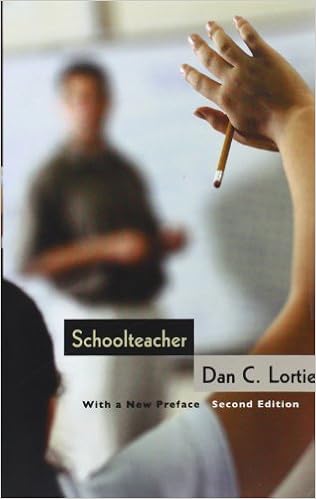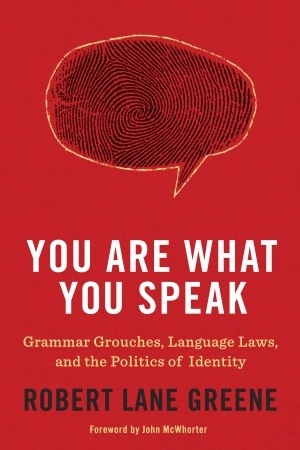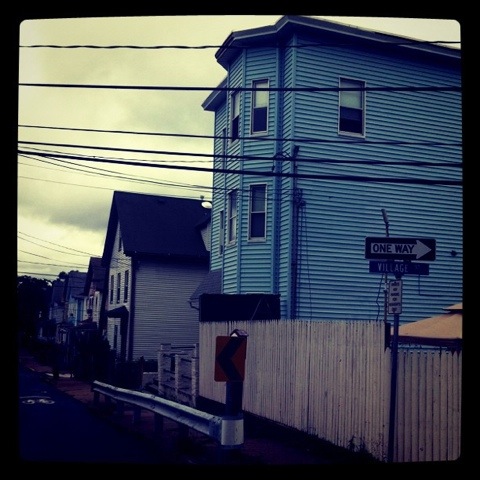Each spring, a group of SLA juniors leave the familiar confines of Philadelphia for the foreignness of Flagstaff, AZ. They go as part of an independent trip where they and 10 students from Flagstaff raft down the San Juan river for four days, experiencing nature and America in a way few people will ever have the chance. Along the way, they stop, disembark their rafts and study collections of ancient petroglyphs left by Native Americans in a time long forgotten.
While archeologists have theories as to the meanings of these alien pictures, we don’t quite know for sure. Each year, students stand near the walls and wonder at the remnants of a people and what they have left behind.
Story matters.
This is most obvious in English and language arts classrooms. Built on narratives, fiction and non, their purpose is to connect story to its parts and parts to story while helping students access both the whole and the pieces so that they might interpret the world. Story most clearly and forthrightly matters in these classrooms. One would be hard pressed to find a contrarian ready to stake a claim in opposition to this fact.
Where we fall down in appreciating story but where it is no less necessary is in the classrooms not officially demarcated as the homes of stories. Math, science, even history classrooms are often thought to be devoid of story or of the requirement of story.
Here, though, is where stories are most necessary.
They need not be the stories of content. While helpful, it is not required that students know the stories of Pythagorus or Euclid. If they learn them, fine, but they are not required.
What should be required, and what should weigh on the heads of all teachers are the stories each of their students lived before they became part of this grade and this class in this school. What were their math, history, science, English, physical education stories before they walked into our classrooms?
Almost inevitably, we fail to ask for our students’ stories of prior experiences in school with specific regard to whatever subject matter we’re charged with transmitting. When those stories are exchanged, when a student finds an unlikely mechanism for alerting her teacher to the story of how she came to think of her self as always deficient in math, we have few mechanisms for honoring those stories.
Instead, we charge through, foolhardily focused on curriculum timelines and learning objectives for our students without concerning ourselves with our own learning objectives – understanding where our students are coming from and how we might tailor our practice to meet them at the end of their last stories so that our chapters might be more fulfilling.
This is difficult work. It requires the asking of questions to which we might not like the answers. Each year as an English teacher, I heard new students exclaim that they did not like reading, abhorred writing and didn’t even want to consider whatever it was we might consider “classics.”
The instinctual response was not surprising – put so much of all of their aforementioned hatreds in front of them that they couldn’t help but be overcome by wonder at how wrong they were to dismiss those pieces of school that had been part of stories of the failure, difficulty, and embarrassment. Not surprisingly, when I gave room for this instinct, it ended poorly.
When I gave room to their stories, though, and listened for the pieces of previous classes that had hindered my students’ ability to access content and learning, I was able to change my practice and consider thoughtfully how that year might tell a better story than the last.
It is an understandable reflex of the classroom teacher to assume the blank slate of the school year applies to whatever subject area for which she is responsible. This is not so, can never be so.
Given this, we must listen to the stories our students bring with them to our classes. We must listen to them as the first and most important pieces of data available to us in crafting learning experiences that might lead to better stories for whomever is responsible for our students after us.
Like this:
Like Loading...
 In exactly one month, Chris and my book Building School 2.0 will be out for your reading pleasure. As excited as that makes me, it feels most appropriate over the next month to point those who are interested to the shoulders on which we stood when playing with the ideas we hope will be helpful to you and anyone else who decides to pick up the book.
In exactly one month, Chris and my book Building School 2.0 will be out for your reading pleasure. As excited as that makes me, it feels most appropriate over the next month to point those who are interested to the shoulders on which we stood when playing with the ideas we hope will be helpful to you and anyone else who decides to pick up the book.

